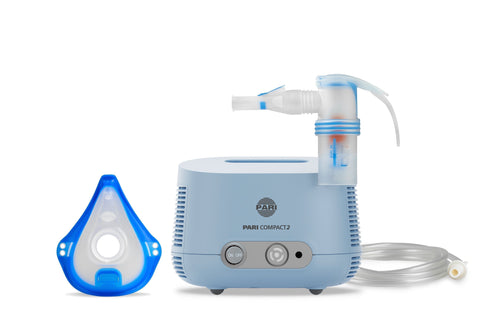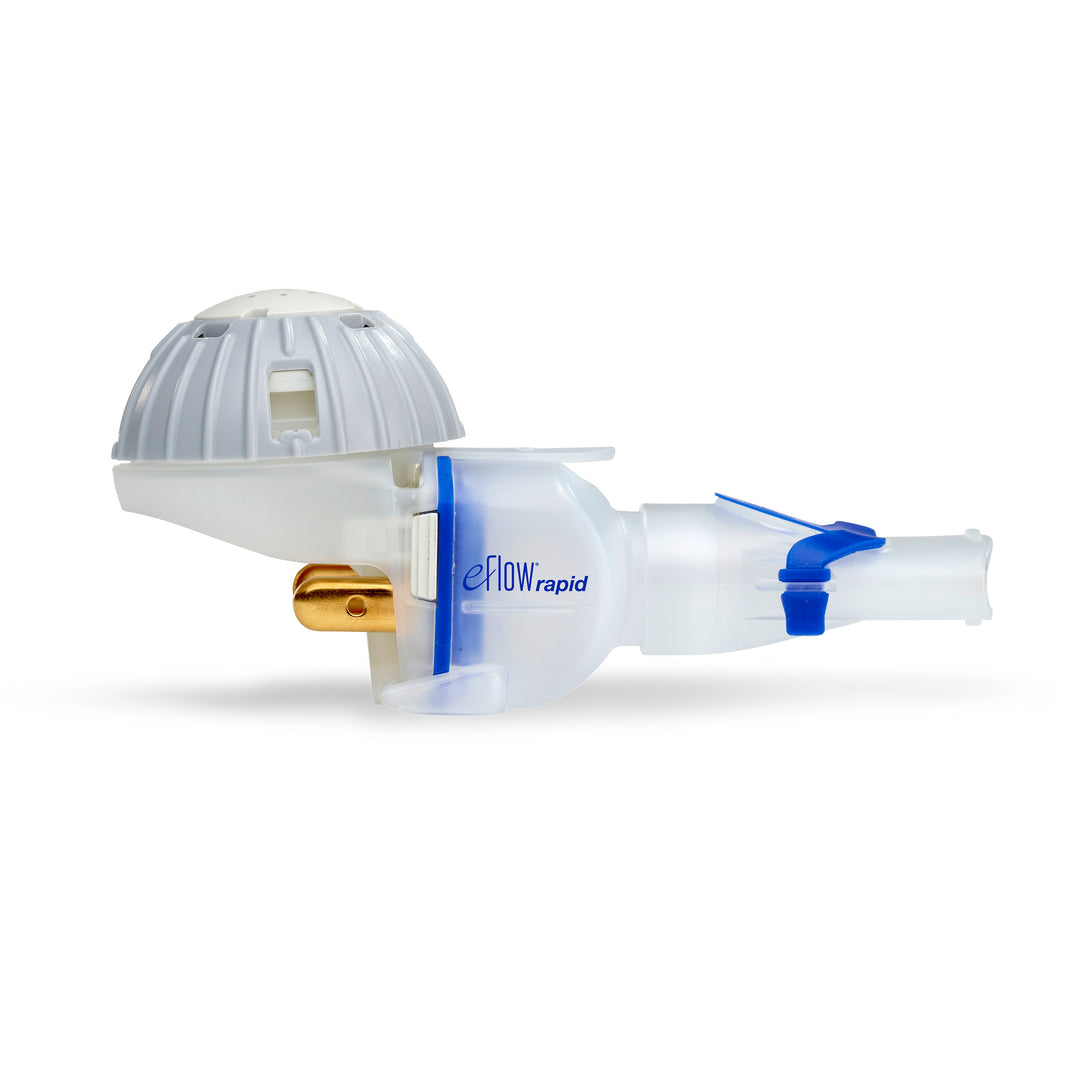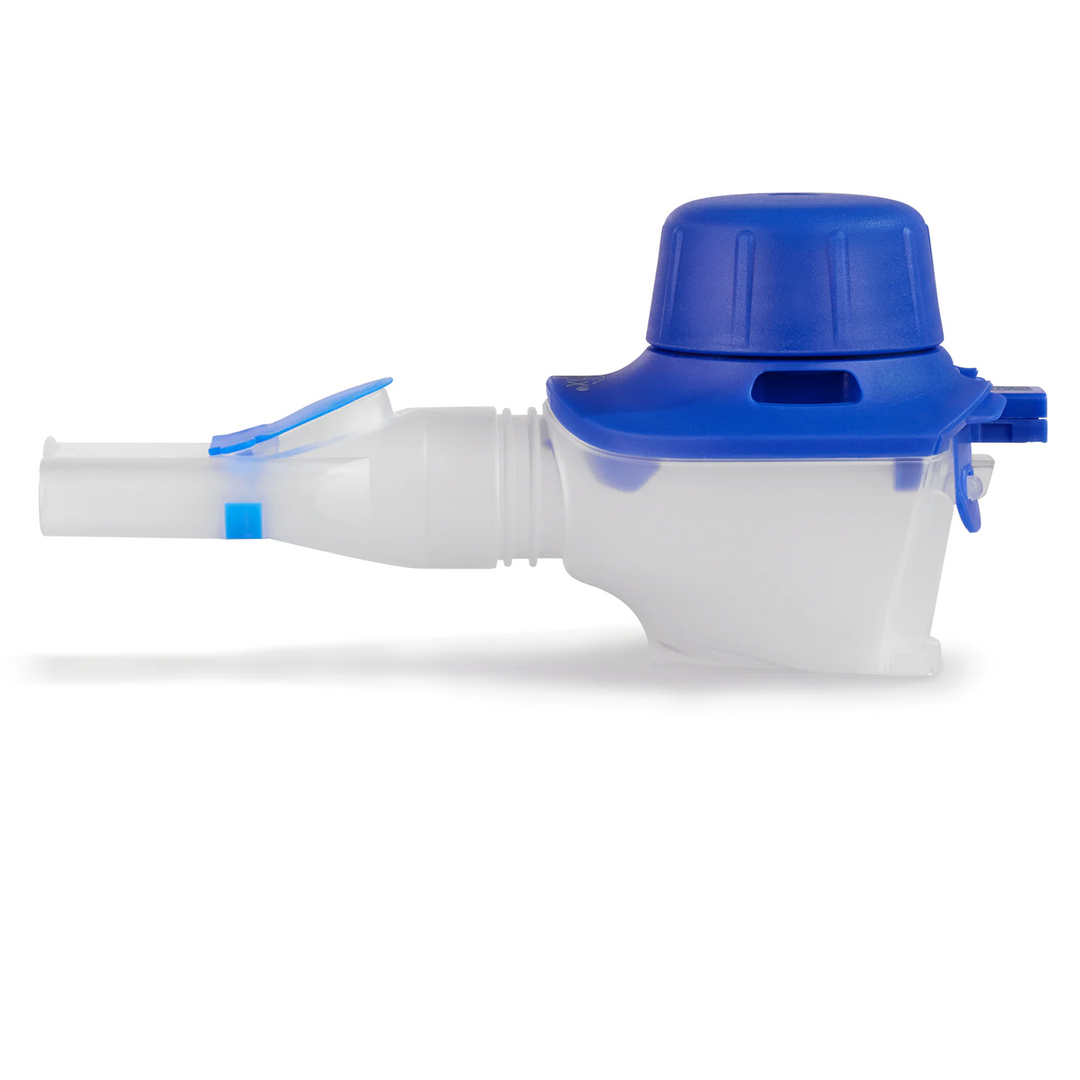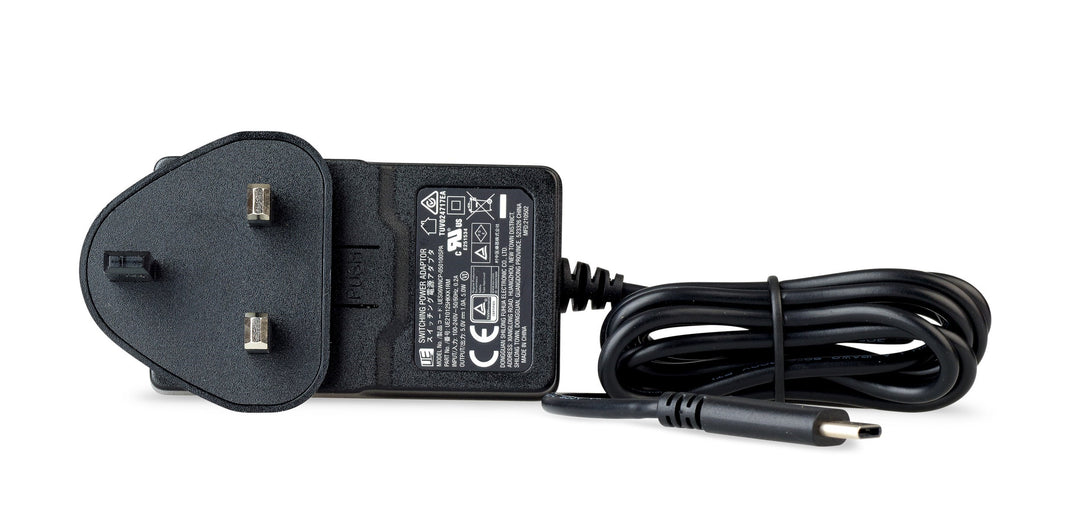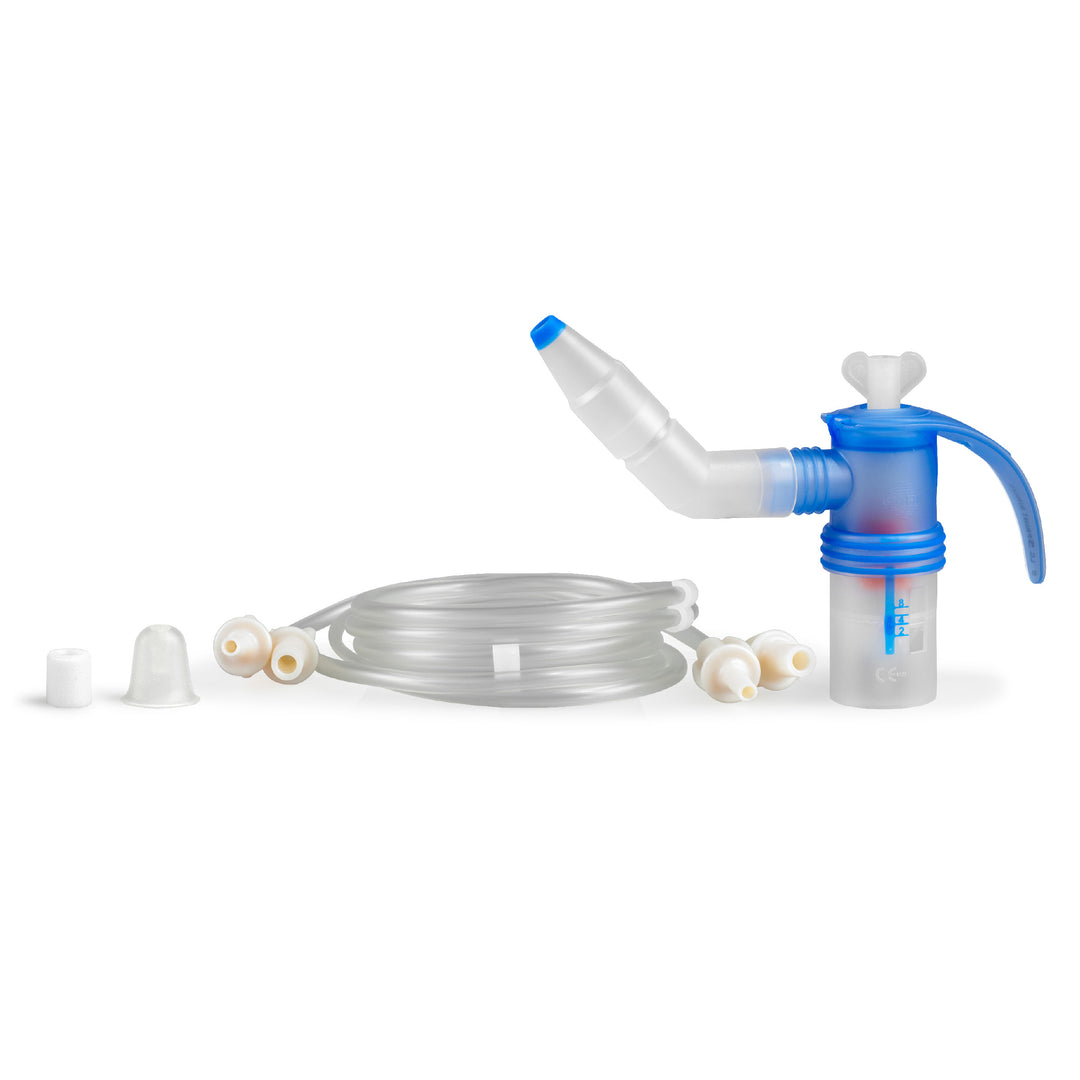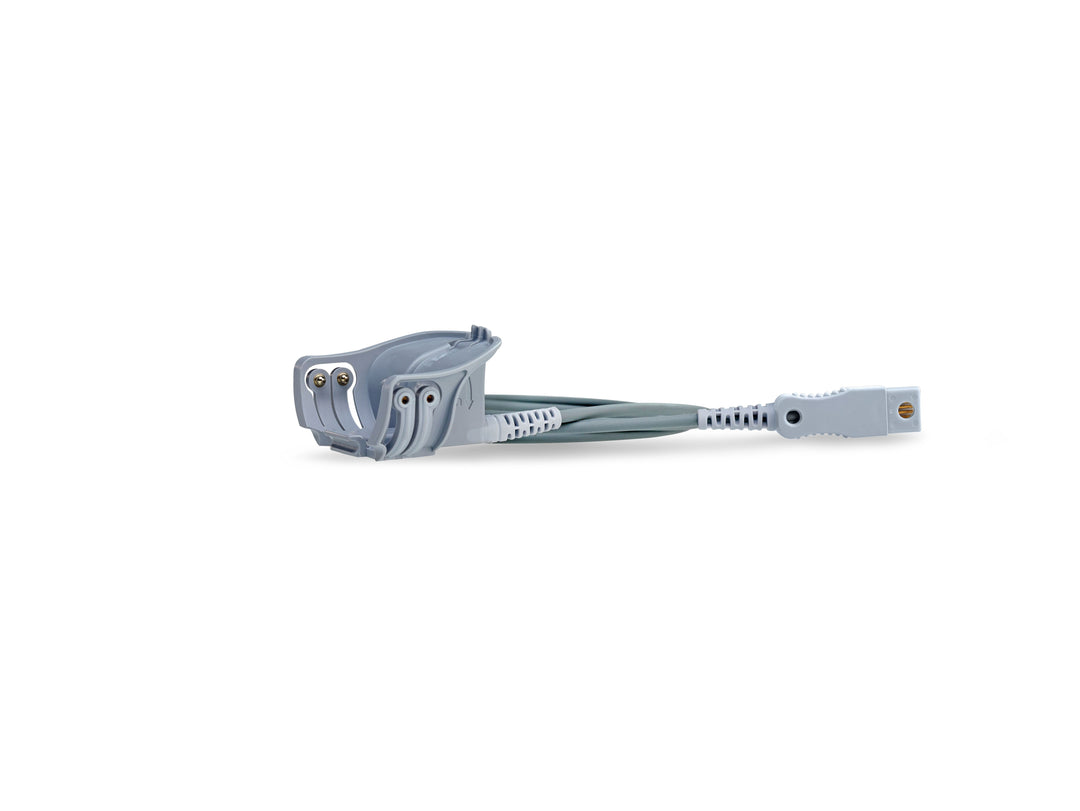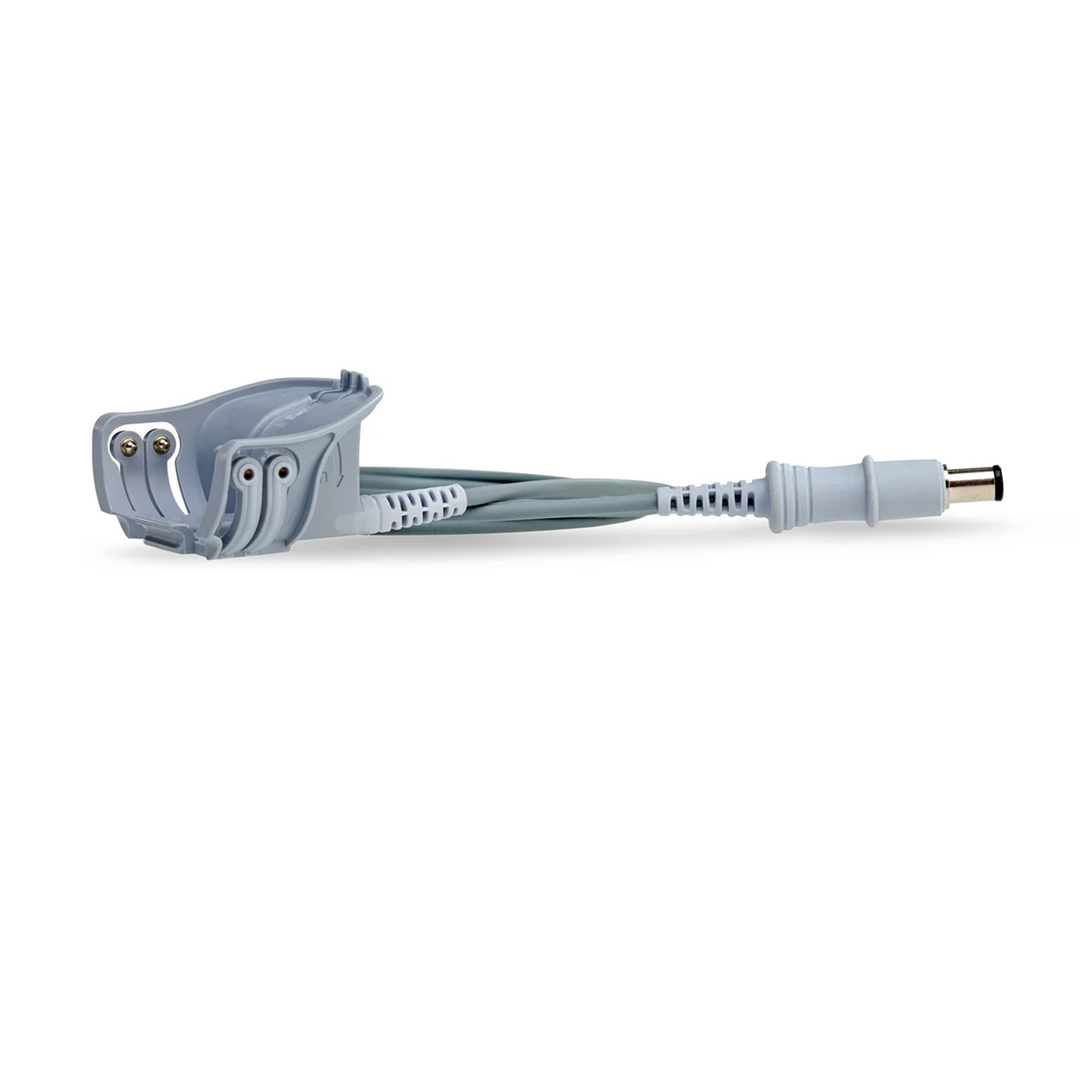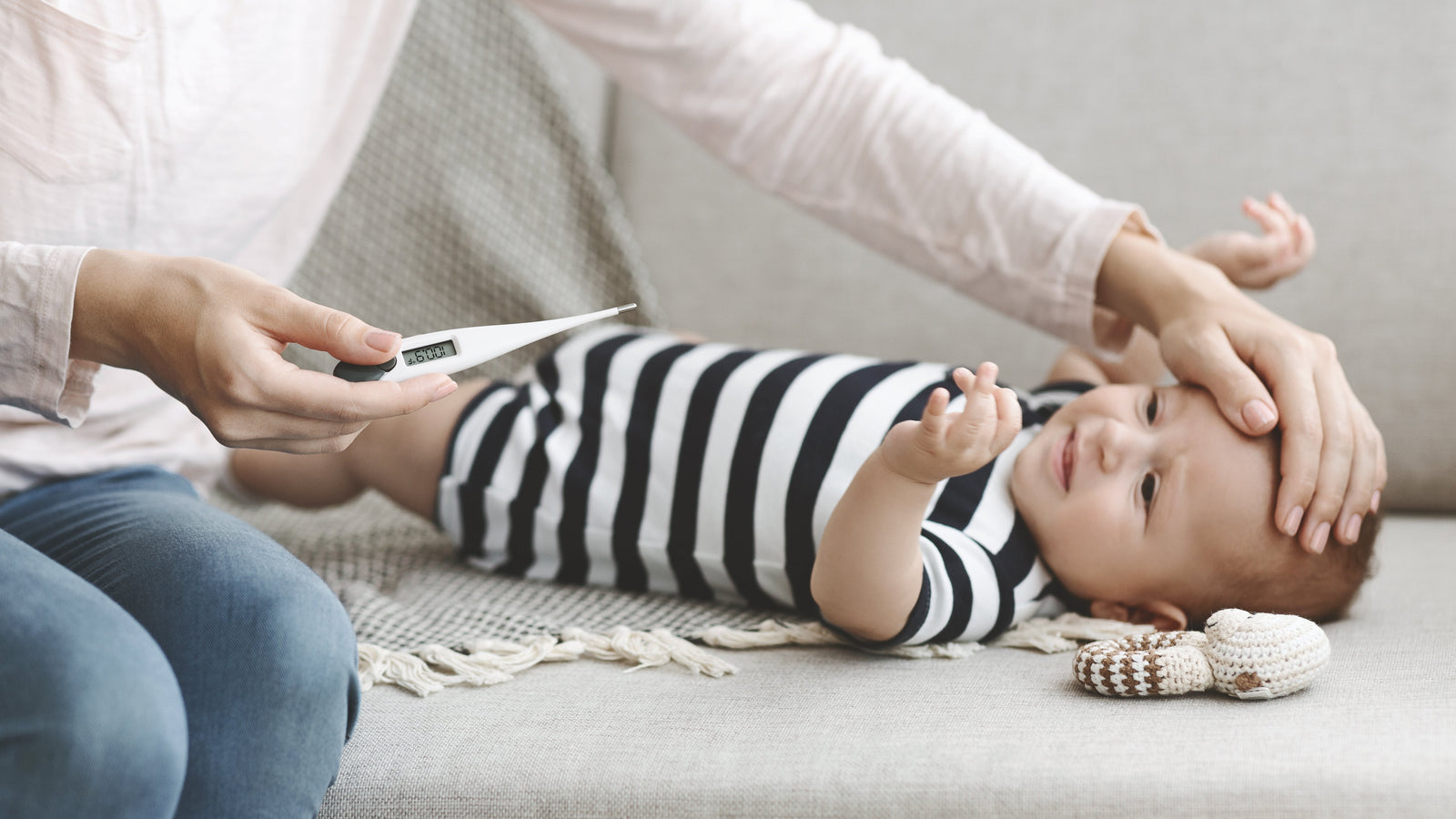
Could your child have Bronchiolitis?
Bronchiolitis is a common respiratory condition that primarily affects infants and young children. It is often caused by viral infections, with Respiratory Syncytial Virus (RSV) being the most common culprit. RSV is a highly contagious virus that primarily affects the respiratory tract and is most common during the autumn and winter months.
Bronchiolitis is characterised by inflammation and swelling of the bronchioles, which are the small airways in the lungs. This inflammation can lead to difficulty breathing and other respiratory symptoms.
The condition usually begins with symptoms similar to those of a cold, such as a runny or stuffy nose, cough, sneezing, and sometimes a low-grade fever. As the inflammation progresses, it can cause more severe symptoms, such as:
- Wheezing: Wheezing is a high-pitched whistling sound that occurs when breathing, often indicating narrowed airways.
- Rapid Breathing: Children with bronchiolitis may breathe faster than usual, and their chest might visibly pull in with each breath.
- Difficulty Breathing: Infants and young children with bronchiolitis may show signs of respiratory distress, such as flaring nostrils, grunting, and the use of different muscles to breathe.
- Cough: A persistent cough, often accompanied by mucus production, is a common symptom.
- Irritability and Fatigue: The discomfort caused by breathing difficulties and other symptoms can lead to irritability and fatigue.
In severe cases, bronchiolitis can lead to a decrease in oxygen levels, dehydration, and exhaustion from the effort of breathing. It's important to seek medical attention if you suspect your child has bronchiolitis, especially if they are experiencing severe symptoms or are having difficulty breathing. This is even more crucial if your child was born prematurely or has an underlying health condition.
Preventing bronchiolitis involves practicing good hygiene, especially frequent hand-washing, to reduce the risk of viral transmission.
Treatment at home for bronchiolitis includes:
- Hydration: Ensuring that the child stays hydrated is important, as the increased effort of breathing can lead to increased fluid loss.
- Rest: Allowing the child to rest can aid in recovery.
- Humidified Air: Using a humidifier can help alleviate congestion.
- Monitoring: Keeping a close eye on the child's symptoms and seeking medical attention if they worsen is crucial.
In more severe cases, hospitalisation might be necessary, especially if the child is struggling to breathe or maintain adequate oxygen levels. In such cases, oxygen therapy or ventilation might be required. If you are worried get in touch with your GP, call NHS 111 or go to A&E.


